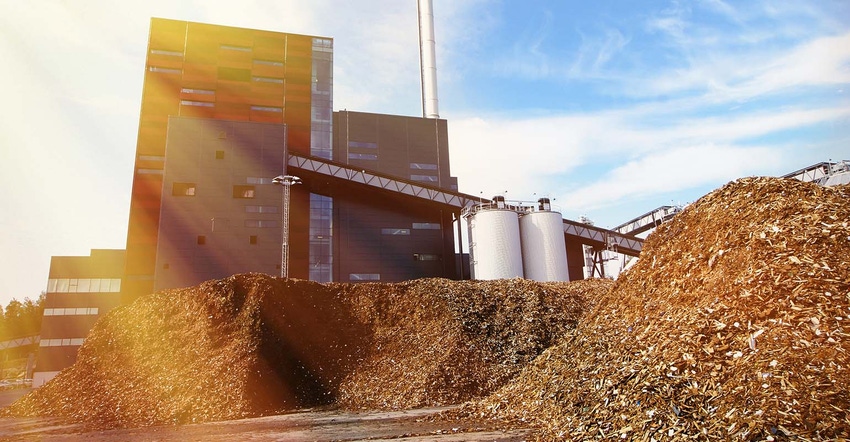September 22, 2017

Iowa-based Regional Strategic, Ltd. examined the economic impact of collecting, processing, and delivering corn stover byproducts of ethanol – the stalks, leaves, and stems of corn plants – for use in generating electricity. The stover is compressed into biomass pellets that can be burned like coal in existing power plants, reducing CO2 emissions and increasing renewable energy supplies. This is similar to the use of wood pellets in European power plants.
Larksen LLC, Trestle Energy's affiliate for biomass supply, commissioned the studies. Trestle Energy LLC is a California-based biofuel company specializing in low carbon production systems.
The studies focus on Nebraska and Iowa, two leaders in U.S. ethanol production. They reveal that with modest infrastructure investments, building even a single pellet facility can deliver large quantifiable economic benefits across farm economies. Developing a broader industry around corn stover represents a multi-billion dollar opportunity.
Many benefit
For farmers, harvesting stover means reaping more value from their crops. For electric utilities, burning biomass pellets provides low-cost emissions reductions and renewable energy from existing facilities without the intermittency challenges of wind and solar. For ethanol-producing states, expanding bioenergy capacity delivers significant economic benefits, including an increase in jobs, economic output, and state GDP.
Focus on Nebraska
Nebraska's ethanol industry produces roughly 8.32 million tons of harvestable corn stover annually. The analysis shows the potential to generate $840 million in labor income and $1.5 billion in GDP by 2030 by building a corn stover industry in the state.
Focus on Iowa
Iowa's industry produces around 15.6 million tons of harvestable corn stover annually. The economic impacts show that building a corn stover industry to complement ethanol production in Iowa could deliver over $1 billion in additional labor income and contribute $2 billion to Iowa's GDP by 2030.
Why stover?
Utilizing corn stover to reduce carbon emissions reduces the overall carbon footprint of ethanol – increasing the value of that ethanol in jurisdictions with Low Carbon Fuel Standards or Clean Fuel Standards ("LCFS/CFS"). This increased value helps farmers earn extra profits from their stover and fuels a new economic engine for agricultural states.
What needs to be done?
Modest infrastructure investments are required to enable coal-fired power plants to blend biomass into their fuel mix.
Source: Trestle Energy LLC
You May Also Like




